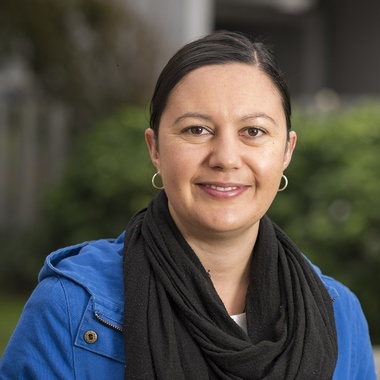Freshwater Quality
Latest news
Latest videos
A presentation by NIWA’s Chief Scientist Freshwater and Estuaries, Dr John Quinn, at the Biological Heritage National Science Challenge, Wellington, May 2017.
Shallow lake rehabilitation
The naturally high organic content and slightly acidic nature of peat lakes gives them uniqueness and great ecological value but it also makes them challenging ecosystems to rehabilitate once degraded.
Compound Specific Stable Isotope tracing of sediment sources - tools to manage a sticky problem in New Zealand’s freshwaters and estuaries
Fine sediment is New Zealand’s most widespread water contaminant, degrading ecosystems, infilling dams and reservoirs and impairing recreational, cultural and aesthetic values in our rivers, estuaries and coastal seas.
Water temperature and clarity - retrospective information
A review of some of the water resources information collected by NIWA across New Zealand.
How clean are our rivers?
Fiona Proffitt investigates the state of New Zealand's freshwater resources and the solutions science can offer.








































